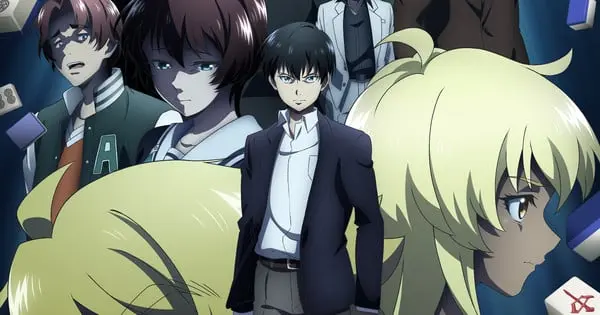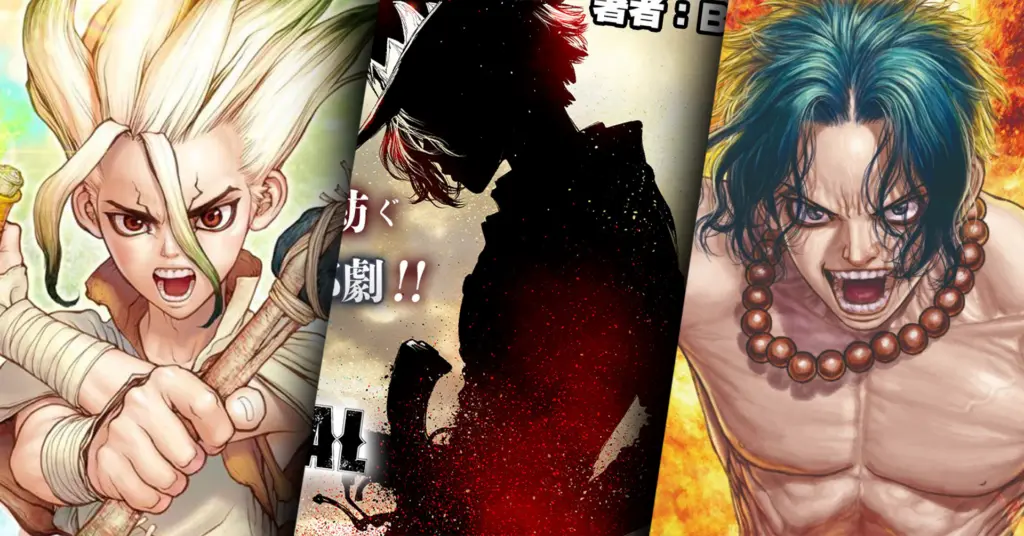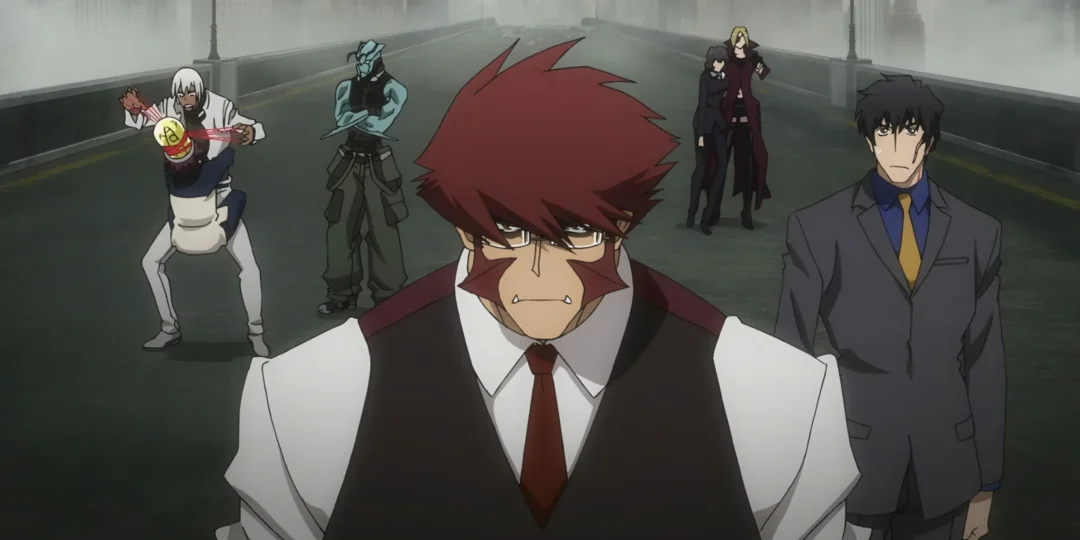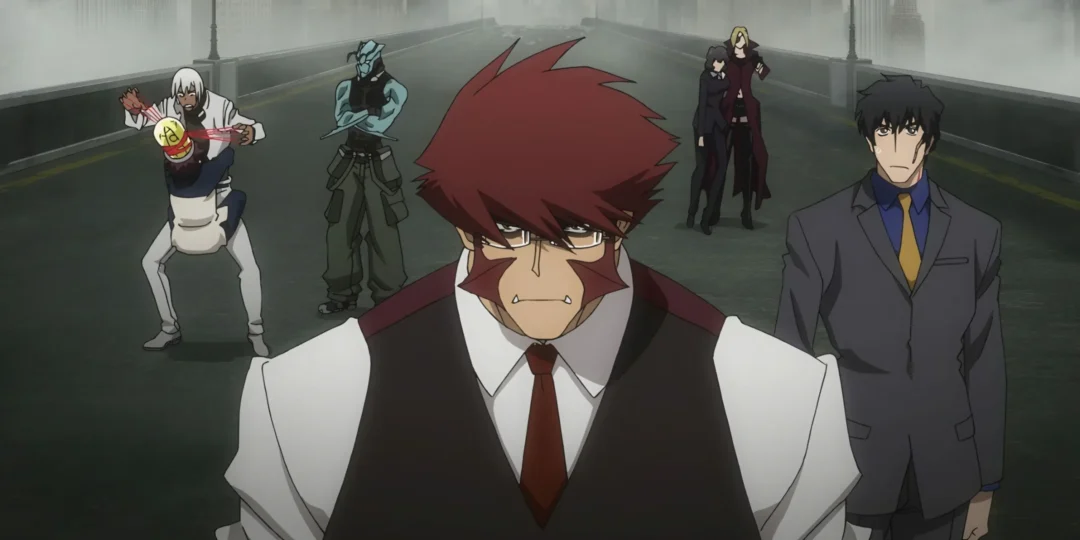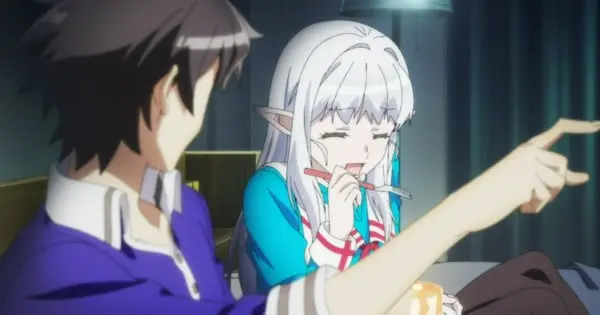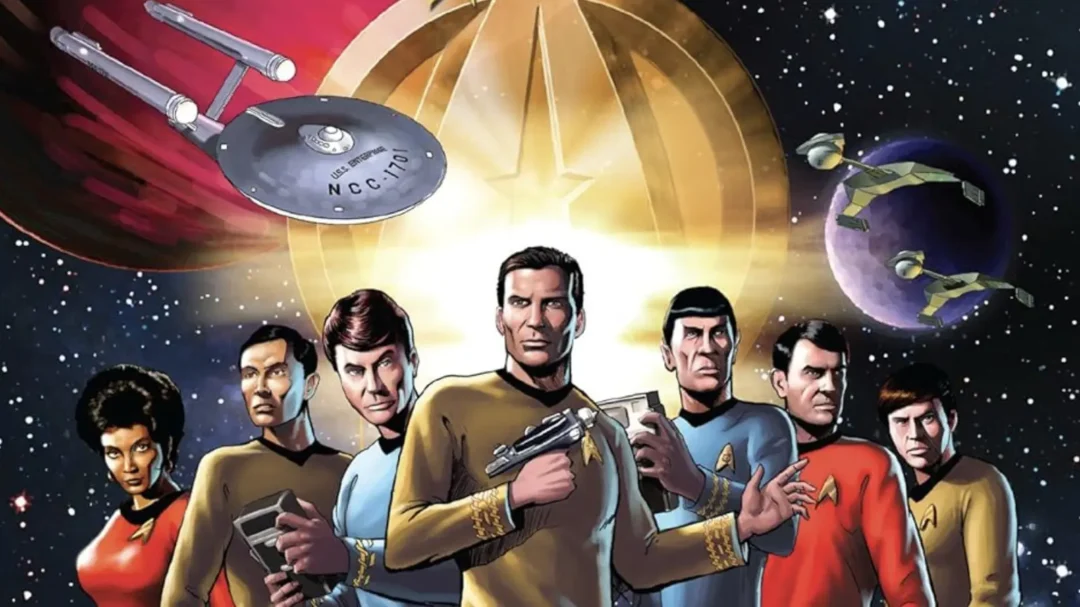A Star Trek: The Next Generation story, once deemed unsuitable for television, has been resurrected in an unexpected format: as a manga. The story, known as “The Lost Generation,” was originally penned as a potential episode for the popular series but never made it to the screen. However, this tale of interdimensional exploration has found a new and enthusiastic audience through its adaptation into Japanese comics.
From Script to Sequential Art
“The Lost Generation” wasn’t just a discarded script; it was a fully realized narrative conceived by Maurice Hurley, a prominent writer and producer for Star Trek: The Next Generation. The script was penned during the show’s run, but ultimately, it was not produced. The narrative was set to send the crew of the Enterprise-D on a perilous journey through a spatial anomaly, a gateway to another dimension with its own set of dangers and mysteries.
The concept involved a fascinating, complex storyline, as was common with Hurley’s style. While the reasons for the episode’s rejection are not entirely clear, the level of complexity and special effects requirements may have posed challenges for the production team at the time. Despite its unsuitability for live action television, its potential as a compelling story was never in doubt.
A New Medium for an Old Story
Several years after the show’s run, the story was picked up by Tokyopop, a company known for bringing manga to the English-speaking world. With the blessing of Paramount, the story was adapted into a manga format, allowing for the visual storytelling that the script’s unique plot deserved. The manga provided an opportunity to bring Hurley’s vision to life, utilizing the dynamic and expressive nature of the medium to explore the themes and settings of the lost episode.
The Lost Generation: Plot and Characters
The core plot of “The Lost Generation” revolves around the Enterprise-D encountering a spatial rift. This tear in space is not just an anomaly; it’s a portal to a realm that operates under entirely different physical laws. This new dimension is inhabited by beings that are both similar to and vastly different from those known in our galaxy.
The Enterprise crew, specifically Captain Jean-Luc Picard and his team, find themselves in a strange new world facing challenges unlike any they have ever faced. The script included elements that would have pushed the boundaries of the series, including moral questions and ethical dilemmas that would be in line with the show’s philosophical underpinnings. The narrative was designed to explore the concepts of identity, reality, and the nature of existence itself, all within the bounds of a science fiction adventure.
Key Characters and Their Roles
While the main cast of The Next Generation would have been central to the television adaptation, the manga had to translate their appearances and personalities into the distinct visual style of the format. Captain Picard’s stoic leadership, Commander Riker’s adventurous spirit, Data’s curiosity, and Counselor Troi’s empathy, all had to be conveyed through the panels and dialogue. The manga also would have been able to visually expand on the aliens and new civilizations that the crew encounter in this dimension, allowing for a more visually imaginative experience.
The Manga Adaptation: A Deep Dive
The manga adaptation of “The Lost Generation” wasn’t a simple retelling of the script; it was a reimagining for the comic book medium. The artists used the detailed descriptions from the script to create dynamic scenes and alien landscapes that could not be easily portrayed in live action. The use of manga’s visual storytelling techniques, such as dramatic panel layouts and expressive character designs, made the story more engaging and impactful.
Art Style and Visual Storytelling
The manga’s art style was a crucial component of its success. The artists at Tokyopop translated the look and feel of Star Trek into manga form, combining the futuristic designs of the show with the stylistic conventions of Japanese comics. The use of dynamic action sequences and expressive character designs helped to convey the intensity of the plot and the emotional depth of the characters. The manga format also allowed for a more detailed exploration of the alien worlds and creatures described in the original script.
Narrative Structure and Pacing
The manga adaptation also had to address the unique pacing and structure of the comic book medium. Unlike a 45-minute television episode, the manga needed to tell the story across multiple volumes, creating a more serialized and detailed narrative. The transition from a single episode story into a multi-volume series was handled adeptly by the creative team. The use of cliffhangers and episodic narratives kept readers engaged and invested in the outcome of the story.
Reception and Impact
The manga adaptation of “The Lost Generation” was generally well-received by fans of both Star Trek and manga. The story was praised for staying true to the spirit of The Next Generation while embracing the unique potential of the manga medium. The adaptation allowed readers to experience a story that was once only available in script form, providing a unique and engaging alternative.
Fan Reactions and Critical Acclaim
Fans appreciated the effort put into bringing Hurley’s original vision to life, and many expressed a desire to see more “lost” Star Trek stories adapted into other formats. Critics also noted the manga’s unique art style and strong storytelling, highlighting it as a successful example of how a rejected script can find new life. The manga’s success also indicated the possibility of using the medium for other unproduced Star Trek materials.
Legacy and Future Possibilities
The success of the “The Lost Generation” manga has opened up the possibility of exploring other unproduced Star Trek stories in a similar fashion. It has demonstrated the appeal of a format that can bring new depth and visuals to familiar characters and settings. As fans continue to seek new ways to engage with their favorite franchises, the manga has provided a unique and worthwhile option.
The story was eventually released in two volumes, which were initially published in 2003 by Tokyopop, under license from Paramount Pictures. Both volumes were well-received, proving the viability of such ventures and demonstrating a growing trend for comic book adaptations of other film and TV properties. This innovative approach to a rejected episode showcases the creative possibilities available when different storytelling formats collide.

